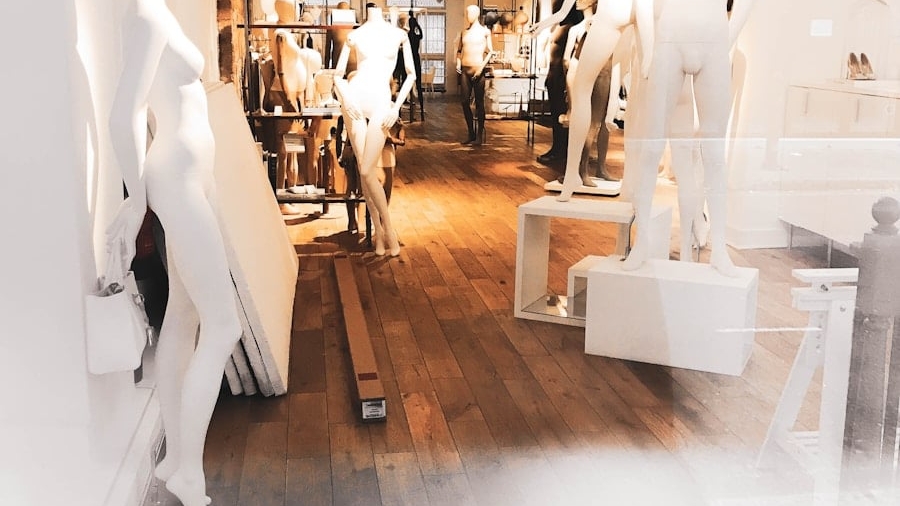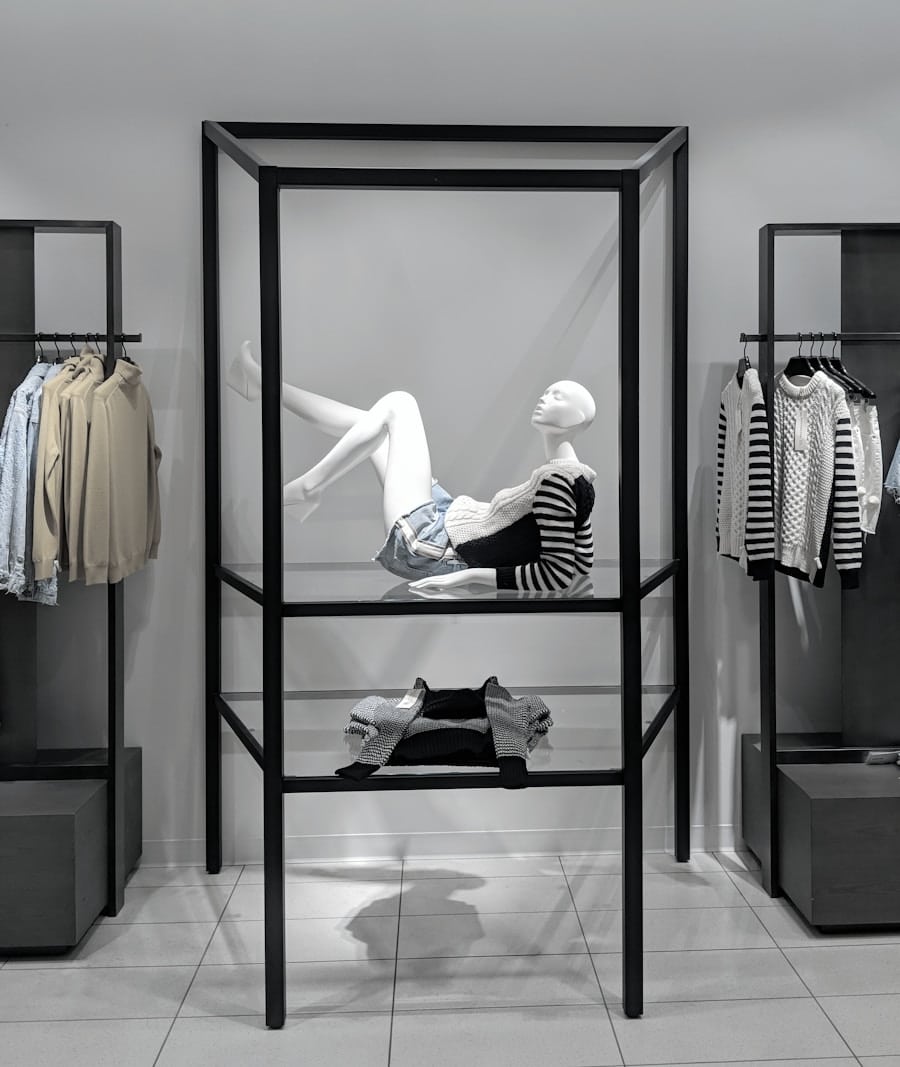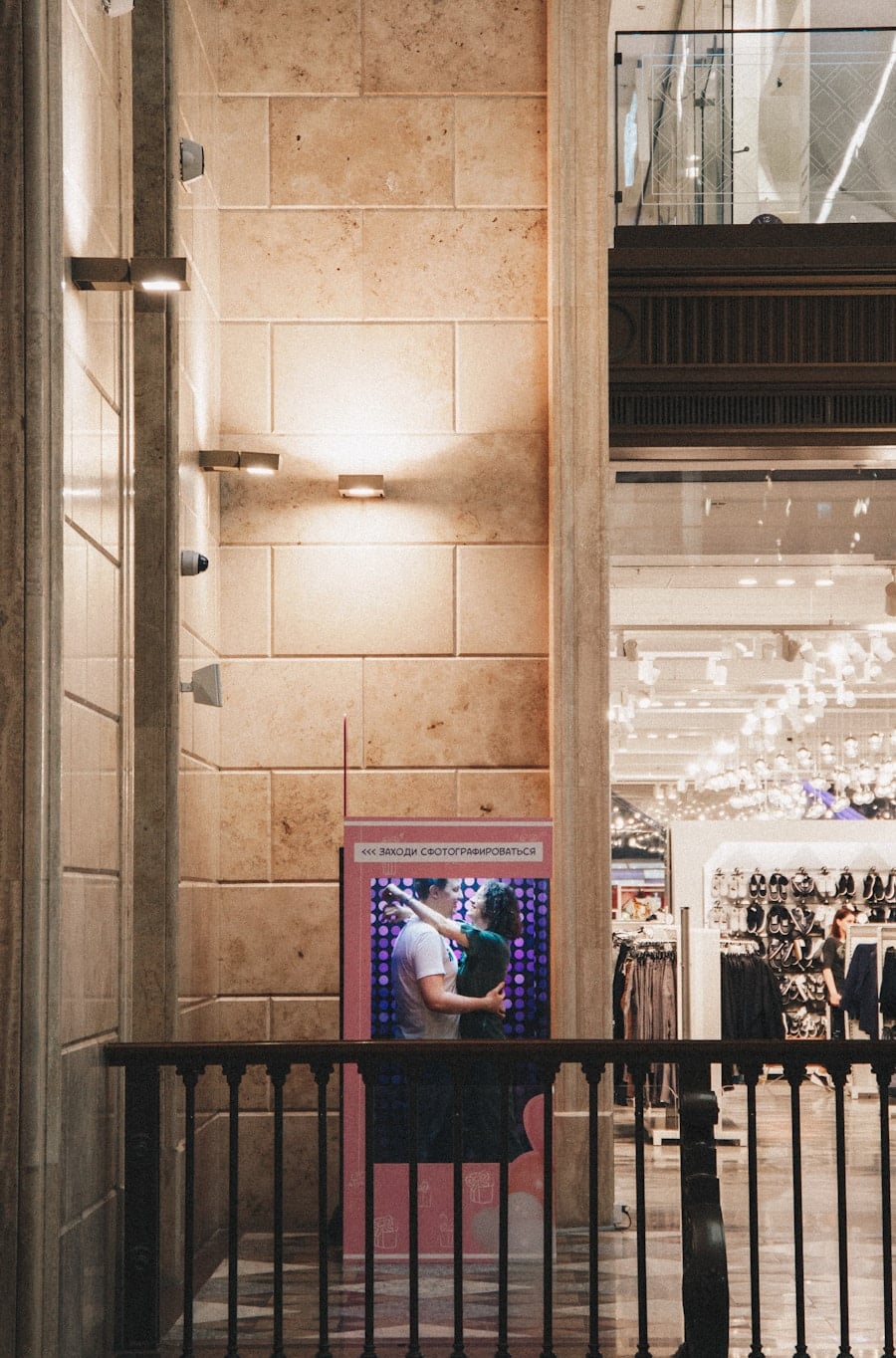The evolution of retail has taken a significant turn with the advent of virtual stores, a concept that has gained remarkable traction in recent years. As technology continues to advance, consumers are increasingly drawn to the convenience and accessibility that virtual shopping offers. The COVID-19 pandemic accelerated this trend, forcing many brick-and-mortar retailers to pivot to online platforms.
This shift not only highlighted the necessity of having a robust digital presence but also showcased the potential of virtual stores to create engaging shopping experiences that transcend traditional e-commerce. Virtual stores are not merely an extension of online shopping; they represent a paradigm shift in how consumers interact with brands. By leveraging immersive technologies, retailers can create environments that mimic the physical shopping experience while offering unique features that enhance customer engagement.
For instance, brands like IKEA have developed virtual showrooms that allow customers to explore their products in a simulated home environment. This innovative approach not only helps consumers visualize how products will fit into their lives but also fosters a deeper emotional connection with the brand.
Key Takeaways
- Virtual stores are on the rise, offering a new way for consumers to shop from the comfort of their own homes.
- Immersive shopping experiences are being created to engage and captivate customers in the virtual space.
- Augmented reality and virtual reality are being integrated into virtual shopping to provide a more interactive and realistic experience for customers.
- Personalizing the customer experience is a key focus in virtual shopping, with tailored recommendations and personalized interactions.
- Product visualization and customization are being enhanced in virtual shopping, allowing customers to see and customize products in a virtual environment.
Creating Immersive Shopping Experiences
Immersive shopping experiences are at the forefront of the virtual store revolution, transforming the way consumers engage with products and brands. These experiences often utilize a combination of 3D graphics, interactive elements, and storytelling to create a captivating environment that draws customers in. Retailers are increasingly recognizing that simply listing products online is no longer sufficient; they must create an engaging narrative that resonates with their audience.
For example, brands like Nike have embraced immersive experiences by allowing customers to explore their latest collections through interactive virtual environments. Shoppers can navigate through different sections of a virtual store, interact with products, and even participate in gamified elements that enhance their shopping journey. This level of engagement not only keeps customers on the site longer but also increases the likelihood of conversion as they become more invested in the brand’s story and offerings.
Integrating Augmented Reality and Virtual Reality
The integration of augmented reality (AR) and virtual reality (VR) into the shopping experience has revolutionized how consumers perceive and interact with products. AR technology overlays digital information onto the real world, allowing customers to visualize products in their own environment before making a purchase. On the other hand, VR creates entirely immersive environments where shoppers can explore and interact with products as if they were physically present.
Retailers like Sephora have successfully implemented AR features in their mobile apps, enabling customers to virtually try on makeup products before buying them. This not only enhances the shopping experience but also reduces the likelihood of returns, as customers can make more informed decisions based on their virtual try-ons. Similarly, furniture retailers like Wayfair have adopted AR technology to allow customers to visualize how furniture pieces would look in their homes, bridging the gap between online shopping and real-world application.
Personalizing the Customer Experience
Personalization has become a cornerstone of modern retail, and virtual stores are uniquely positioned to deliver tailored experiences to consumers. By leveraging data analytics and machine learning algorithms, retailers can gain insights into customer preferences and behaviors, allowing them to curate personalized product recommendations and marketing messages. This level of customization enhances the shopping experience by making it more relevant and engaging for each individual shopper.
For instance, Amazon employs sophisticated algorithms that analyze browsing history and purchase behavior to suggest products that align with a customer’s interests. This personalized approach not only increases customer satisfaction but also drives sales by presenting shoppers with items they are more likely to purchase. Additionally, virtual stores can utilize chatbots and AI-driven customer service tools to provide real-time assistance, further enhancing the personalized experience by addressing customer inquiries and concerns promptly.
Enhancing Product Visualization and Customization
One of the most significant advantages of virtual stores is their ability to enhance product visualization and customization options for consumers. Traditional retail often limits customers to viewing products from a single perspective, whereas virtual environments allow for 360-degree views and interactive features that enable shoppers to examine products in detail. This capability is particularly beneficial for high-involvement purchases such as electronics, furniture, and fashion items.
Brands like Adidas have taken product customization to new heights by allowing customers to design their own sneakers through an interactive online platform. Shoppers can choose colors, materials, and even add personalized text, creating a unique product that reflects their individual style. This level of customization not only empowers consumers but also fosters brand loyalty as customers feel a deeper connection to products they have had a hand in creating.
Leveraging Social Media and Influencer Marketing
Social media has become an essential component of the retail landscape, serving as a powerful tool for driving traffic to virtual stores. Retailers are increasingly leveraging platforms like Instagram, TikTok, and Pinterest to showcase their products and engage with potential customers.
The Rise of Influencer Marketing
Influencer marketing has emerged as a particularly effective strategy within this realm, as influencers can authentically promote products to their followers, creating a sense of trust and credibility. For example, fashion brands often collaborate with influencers who align with their target audience to showcase new collections through styled photoshoots or unboxing videos.
Driving Sales through Social Media
These collaborations not only generate buzz around new product launches but also drive traffic to virtual stores as followers are inspired to make purchases based on the influencer’s recommendations. Additionally, social media platforms are continuously evolving to incorporate shopping features, allowing users to purchase products directly through posts or stories, further blurring the lines between social engagement and e-commerce.
The Future of Social Commerce
As social media continues to shape the retail landscape, it will be interesting to see how retailers adapt to these changes and leverage social media platforms to drive traffic to their virtual stores.
Implementing Virtual Try-On and Fitting Rooms
The implementation of virtual try-on technology has been a game-changer for retailers in sectors such as fashion and beauty. Virtual fitting rooms allow customers to see how clothing items will look on them without physically trying them on, addressing one of the most significant barriers to online shopping: uncertainty about fit and style.
Brands like Zara have embraced this technology by offering virtual fitting rooms on their websites and mobile apps. Customers can upload their photos or use avatars that represent their body types to see how different outfits will fit them. This innovation not only enhances the shopping experience but also reduces return rates associated with sizing issues, ultimately benefiting both consumers and retailers alike.
The Future of Virtual Shopping
As technology continues to advance at an unprecedented pace, the future of virtual shopping holds immense potential for further innovation and transformation within the retail landscape. The integration of artificial intelligence, machine learning, and advanced analytics will enable retailers to create even more personalized experiences tailored to individual consumer preferences. Additionally, as 5G technology becomes more widespread, it will facilitate faster loading times and smoother interactions within virtual environments, enhancing overall user experience.
Moreover, the rise of metaverse platforms presents exciting opportunities for retailers to establish immersive brand experiences that transcend traditional e-commerce boundaries. In these virtual worlds, consumers can interact with brands in entirely new ways—attending virtual fashion shows, participating in live events, or exploring branded environments that reflect their values and aesthetics.
In conclusion, the rise of virtual stores is reshaping the retail landscape by creating immersive shopping experiences that leverage cutting-edge technologies such as AR and VR. By personalizing customer interactions and enhancing product visualization options, retailers can foster deeper connections with consumers while driving sales growth. As social media continues to play a pivotal role in influencing purchasing decisions, brands must strategically leverage these platforms alongside innovative technologies like virtual try-ons to stay competitive in an ever-evolving market.
The future of virtual shopping promises exciting possibilities for both retailers and consumers alike as they navigate this dynamic digital landscape together.
If you’re interested in exploring the latest trends in technology and digital experiences, you may also enjoy reading about the




